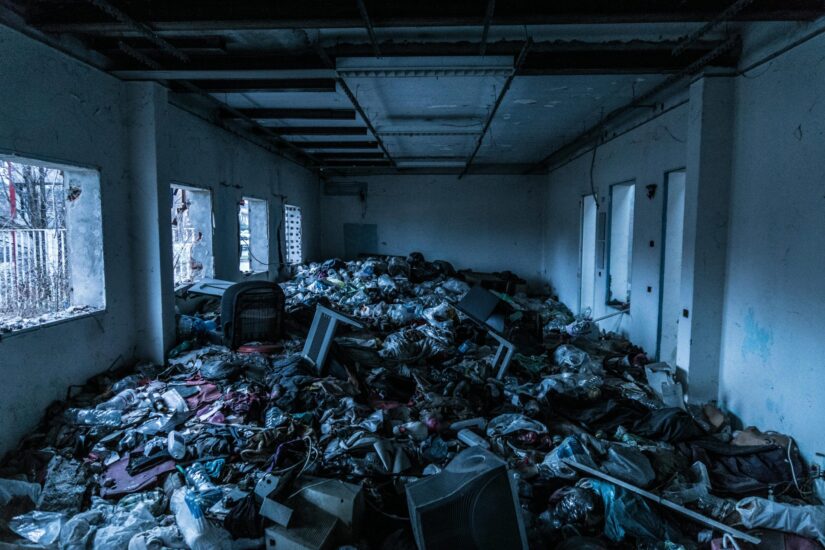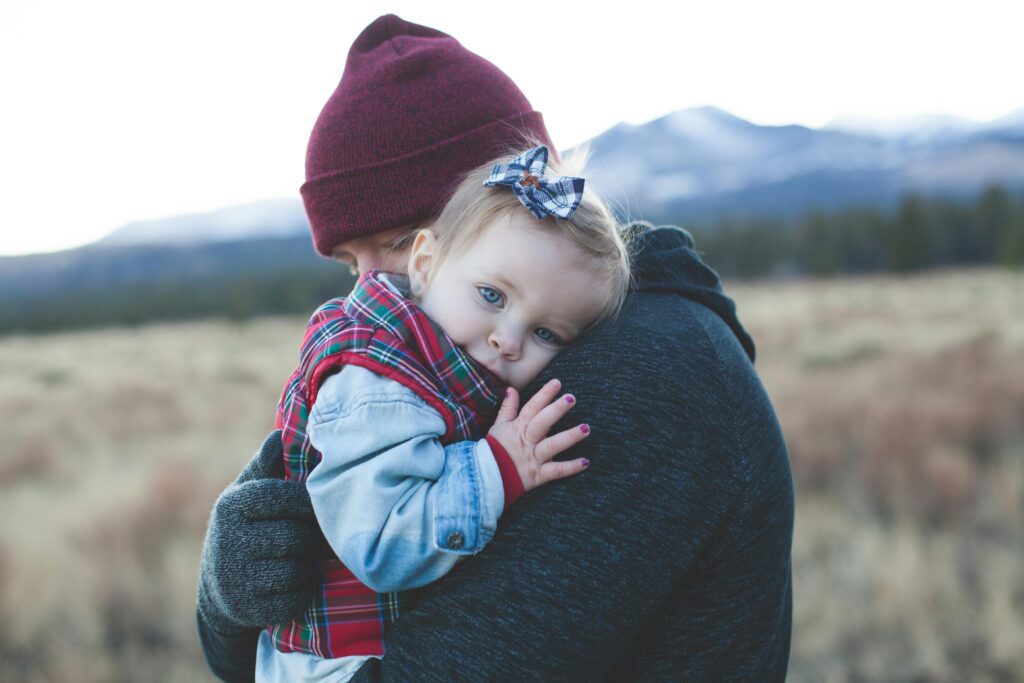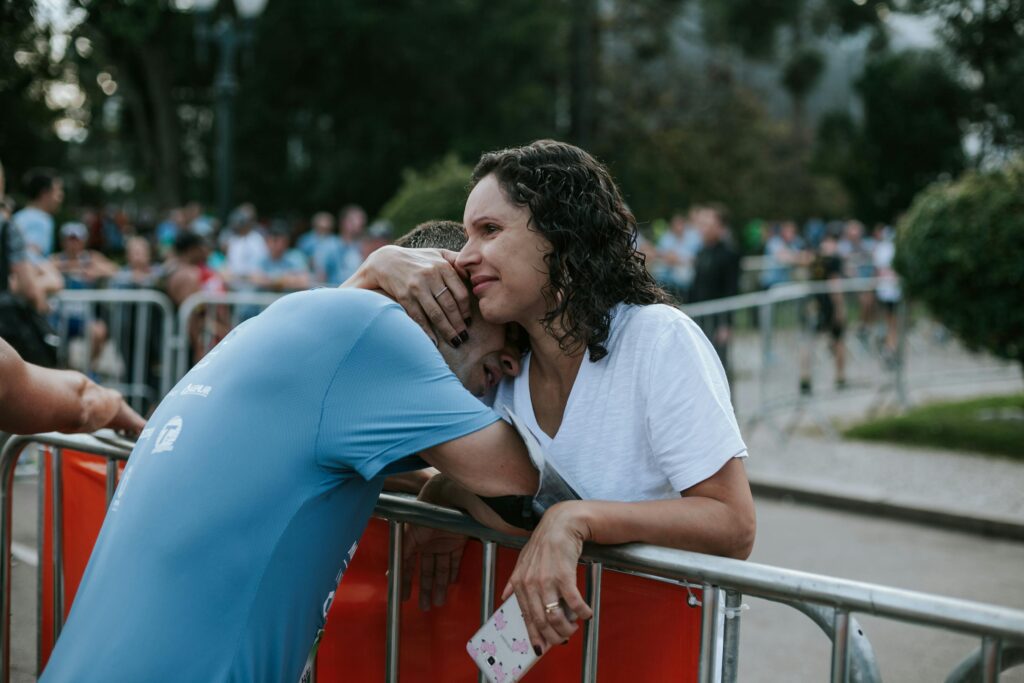
How to Be With Someone With a Disorganized Attachment Style
Disorganized attachment style actually often stems from early childhood trauma, where the person’s caregivers were both a source of comfort and fear.
As adults, people with disorganized attachment styles struggle with mixed emotions: they desire intimacy but simultaneously fear it. This can make romantic relationships feel confusing, chaotic, and emotionally intense—for both partners.
Challenges in Loving Someone With a Disorganized Attachment Style
Learning how to be with someone with a disorganized attachment style means recognizing the patterns that may show up:
- Intense emotional highs and lows
- Fear of abandonment mixed with fear of closeness
- Emotional shutdowns or outbursts
- Trust issues and hypervigilance
- Push-pull dynamics (getting close, then withdrawing)
Understanding these behaviors as survival strategies—not character flaws—is a powerful first step.
How to Be With Someone With Disorganized Attachment:
1. Lead With Compassion, Not Control
One of the most important parts of learning how to be with someone with a disorganized attachment style is remembering that control won’t fix fear. They don’t need fixing—they need consistency and compassion.
Instead of trying to “fix” their behavior, focus on making them feel emotionally safe. A secure environment gives them space to begin unlearning survival responses rooted in trauma.

2. Prioritize Safety and Predictability
People with disorganized attachment often expect betrayal or abandonment. Your job isn’t to be perfect—it’s to be predictable and emotionally safe.
When asking yourself how to be with someone with a disorganized attachment style, remember:
- Show up when you say you will
- Keep your tone calm and grounded
- Create safe routines and rituals together
- Be transparent with your feelings and intentions
Safety over spontaneity is key to building trust.

3. Don’t Take Emotional Distance Personally

Your partner may pull away just as things get emotionally intimate. Understanding how to be with someone with a disorganized attachment style means not taking their retreat as rejection.
Say things like:
“I know you need space sometimes, and I’m still here when you’re ready.”
Hold space without pressure. Your calm presence sends a powerful message: “You’re safe to come close again.”
4. Encourage Healing Without Pushing It

Supporting someone with this attachment style doesn’t mean being their therapist. But knowing how to be with someone with a disorganized attachment includes gently encouraging them to explore therapy, journaling, or trauma-informed healing modalities.
Therapies like EMDR, somatic experiencing, or Internal Family Systems (IFS) can be transformative.
You might say:
“I love how self-aware you are. If you ever want support exploring your patterns, I’m here to help however I can.”
5. Practice Co-Regulation and Emotional Grounding

When learning how to be with someone with a disorganized attachment, it’s helpful to develop co-regulation techniques:
- Deep breathing together during conflict
- Soft eye contact and non-defensive body language
- Gentle touch, if welcome, to ground anxiety
These small actions help regulate their nervous system and build trust over time.
What to Avoid If You’re With Someone With a Disorganized Attachment

Understanding someone with a disorganized attachment also means knowing what to avoid:
- Don’t shame them for emotional reactions
- Avoid ultimatums or abandonment threats
- Don’t over-explain logic during emotional overwhelm
- Don’t expect linear progress—healing is non-linear
Your partner’s triggers aren’t excuses, but they are signals. Learn to listen to them with curiosity, not criticism.
Can People With Disorganized Attachment Style Heal Through Relationships?
Absolutely. When a partner consistently shows up with love, boundaries, and safety, it can shift deep-rooted patterns over time. Understanding a disorganized attachment style means becoming a stable presence while allowing them to do the inner work.
This doesn’t mean you sacrifice your needs—it means you build a relationship based on empathy, patience, and communication.
Healing Tools to Explore Together
If you’re committed to learning how to be with someone with a disorganized attachment style, these resources are gold:
- 📖 Attached by Amir Levine & Rachel Heller
- 🎧 The Holistic Psychologist podcast
- 🧘 Try somatic tracking or grounding meditations together
Final Thoughts: Being With Someone With a Disorganized Attachment Style
It’s not always easy—but it’s worth it. Being with someone with a disorganized attachment style means:
- Showing up with consistency
- Holding space without absorbing all their pain
- Encouraging growth while honoring their pace
- Communicating with softness and clarity
When you learn how to be with someone with a disorganized attachment style, you become not only a partner—but a catalyst for healing.
💬 “Their fear of love doesn’t mean they don’t love you. It means they’ve never felt safe in it. Be the safety they never had—but always deserved.”